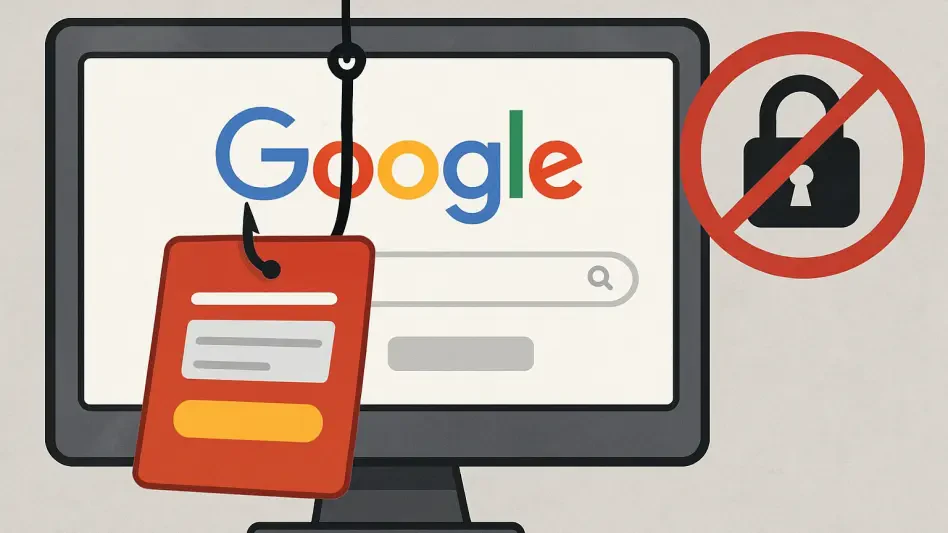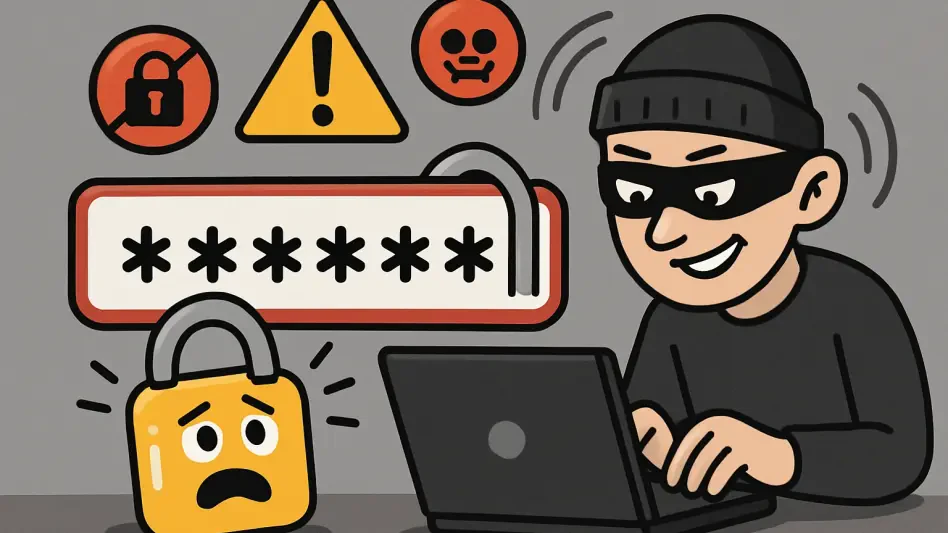In response to the growing number of cyber threats and recent high-profile cyberattacks linked to nation-states, Microsoft has launched the Secure Future Initiative (SFI). This ambitious program aims to revolutionize the company’s cybersecurity framework by enhancing security practices in product development, threat detection, and corporate governance. The initiative signifies a shift towards a more robust security-first mindset, driven by Microsoft’s commitment to addressing vulnerabilities and instilling greater trust in its products and services.
SFI’s Comprehensive Security Strategy
The Secure Future Initiative is built on several key developments designed to bolster Microsoft’s cybersecurity framework. One of the primary steps includes the deployment of a secure-by-design toolkit to approximately 22,000 employees. This toolkit ensures that security considerations are integrated throughout the product development process, reducing the risk of vulnerabilities at every stage. Furthermore, the initiative ties the adoption of security standards directly to employee performance reviews, emphasizing the importance of security in day-to-day operations.
In addition, the appointment of a deputy Chief Information Security Officer (CISO) for business applications underscores Microsoft’s commitment to maintaining a high level of security oversight. This role involves overseeing security measures for business applications and ensuring that they align with the broader objectives of the Secure Future Initiative. The company has also reported significant progress on 16 of the 28 outlined objectives, with near completion on five of them. For instance, 92% of employee productivity accounts now employ phishing-resistant multifactor authentication, a significant milestone in safeguarding user accounts from unauthorized access.
Moreover, Microsoft has achieved a 73% success rate in addressing cloud vulnerabilities within a much-shortened time frame, demonstrating the effectiveness of the SFI. This proactive approach not only mitigates potential risks but also strengthens the overall security posture of Microsoft’s cloud services. Another notable achievement under the initiative is the removal of over 6.3 million legacy tenants, with more than 550,000 eliminated since last September. This effort helps to minimize the attack surface, reducing the likelihood of exploitation by threat actors.
Cybersecurity Challenges and Response
The launch of the Secure Future Initiative was partly influenced by a series of significant cyberattacks that exposed vulnerabilities within Microsoft’s systems. One of the most prominent incidents involved a China-linked cyberattack that compromised Microsoft Exchange Online. This breach affected at least 22 customers and resulted in the exfiltration of over 60,000 emails from high-profile accounts, including the U.S. State Department. Such a large-scale attack highlighted the need for more stringent security measures and a reevaluation of existing practices.
In response to these challenges, the Cyber Safety Review Board issued a report criticizing Microsoft for prioritizing rapid market delivery and innovative product features over security. The report suggested that the Exchange attack could have been avoided with more robust security implementations. Another noteworthy attack involved a Russian-backed group known as Midnight Blizzard. This group conducted a password-spray attack, leading to the theft of credentials, including those of top Microsoft executives and U.S. federal agencies.
These incidents prompted Microsoft to take decisive action through the Secure Future Initiative, aiming to prevent similar breaches in the future. By focusing on improved governance and fostering a culture of security awareness among employees, Microsoft is better equipped to identify and address potential threats before they can cause significant damage. The initiative also emphasizes the importance of collaboration and information sharing with other organizations and industry partners to enhance collective cybersecurity efforts.
Future Considerations and Conclusion
In light of the increasing number of cyber threats and recent significant cyberattacks tied to various nation-states, Microsoft has initiated the Secure Future Initiative (SFI). This groundbreaking program is designed to transform the company’s cybersecurity framework. By focusing on enhancing security practices in product development, threat detection, and corporate governance, Microsoft aims to build a safer digital environment.
Through this initiative, Microsoft conveys a clear message towards adopting a more fortified security-first outlook. The company’s dedication to addressing system vulnerabilities and increasing trust in its products and services is evident. The SFI represents a proactive step towards safeguarding against cyber threats, ensuring the integrity and reliability of Microsoft’s offerings. It underscores the tech giant’s ongoing commitment to improve cybersecurity measures, making sure that users can have confidence in the robustness of their digital security in an ever-evolving cyber landscape.








